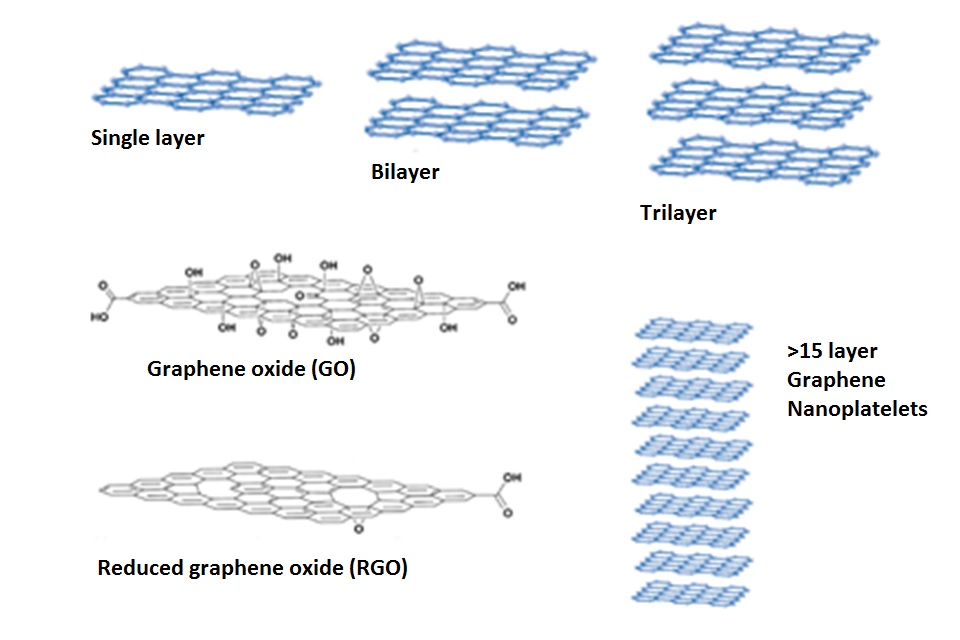Spain’s State Visit is an opportunity to celebrate our longstanding partnership with Spain and our shared, history, values and interests, the Prime Minister said today, as she prepared to host King Felipe VI at Downing Street.
The three-day visit by King Felipe and Queen Letizia is Spain’s first State Visit to the UK since 1986 and follows centuries of diplomatic relations. It highlights the close and vibrant links we have built through cooperation on trade and investment, security and defence, science and innovation, and on the world stage.
Ahead of the UK-Spain Business Forum at Mansion House today, the Prime Minister welcomed the scale of this investment as a sign of the depth of our commercial ties and Spain’s continued confidence in the strength of the UK economy.
Britain remains the number one European destination for Spanish investment.
Today’s business forum will highlight examples of Spanish investment in a range of sectors across the UK, including:
-
today’s announcement by Spanish manufacturer CAF that it is to start building trains and trams at a new factory in South Wales. The company will invest £30 million in the facility near Newport, creating 300 jobs and giving a boost to UK manufacturing and the Welsh economy.
-
today’s announcement by Spanish infrastructure company Sacyr that it will soon open a new London office close to Victoria Station, which will provide a base for further investment and job creation in the UK.
-
the ongoing expansion of Luton Airport, whose majority shareholder is Spanish airport operator AENA. Over £100 million is being invested in this major redevelopment which aims to increase capacity by 50% to 18 million passengers and is expected to create thousands of jobs, with the first phase now complete.
-
the construction of a £26 million factory on a Steel & Alloy Processing site in Oldbury, as Spanish steel producer Gonvarri Steel Services, part of the Gestamp Group, scales up its production capacity in the West Midlands. The project has been supported by the Department for International Trade and will create more jobs in the local area.
-
the recent launch of new clinics in the West Midlands and London by Spanish fertility specialists IVI as they invest in their UK expansion, creating jobs and supporting research.
The Prime Minister also hailed the enduring friendship between Britain and Spain and pledged that our relationship will continue to go from strength to strength as the UK leaves the EU.
Prime Minister Theresa May said:
Britain’s longstanding relationship with Spain has been built over centuries on the deep and solid foundations of our shared history, values and interests.
Today, we work closely together in a range of areas to ensure the security and prosperity of our people, including through our military and law enforcement cooperation to fight international terrorism, our academic collaboration on science and innovation, and our growing trade and investment ties.
Indeed, the sheer scale of Spanish investment in Britain demonstrates Spain’s continued confidence in the strength of the UK economy, and shows that we can and will maintain the closest possible relationship.
This week’s State Visit is an opportunity to celebrate the historic bond between our countries and our citizens. We are firm friends, and I look forward to seeing our partnership go from strength to strength in the years ahead.
Speaking ahead of the UK-Spain Business Forum, International Trade Secretary Liam Fox said:
As an international economic department over the past twelve months we’ve helped secure more foreign direct investment projects than ever before, supported thousands of UK businesses on their export journey, and continue to promote British trade values across the world.
I’m delighted to welcome further Spanish investment into the UK today, as we remain Spain’s number one destination in Europe for direct foreign investment.
Our diplomatic relations stretch back more than 500 years, and as we leave the EU we want to remain a good friend and neighbour to Europe and build a positive new partnership with each of its member states”.
There are over 300,000 Britons living in Spain, while over 130,000 Spaniards have made the UK their home. In today’s talks with King Felipe, the Prime Minister will welcome the valuable contribution that Spanish citizens make to Britain’s economy and society.
And she will pay tribute to the heroism of Ignacio Echeverría, the Spanish banker who was killed in last month’s appalling act of terror at London Bridge as he rushed to help someone who was being attacked.

![Figure 2: Scanning electron microscopy image of a graphene membrane transferred on a Si3N4 [Courtesy of Professor Sergey Kubatkin, Chalmers University]](https://assets.publishing.service.gov.uk/government/uploads/system/uploads/image_data/file/65138/figure2-graphene960.jpg)